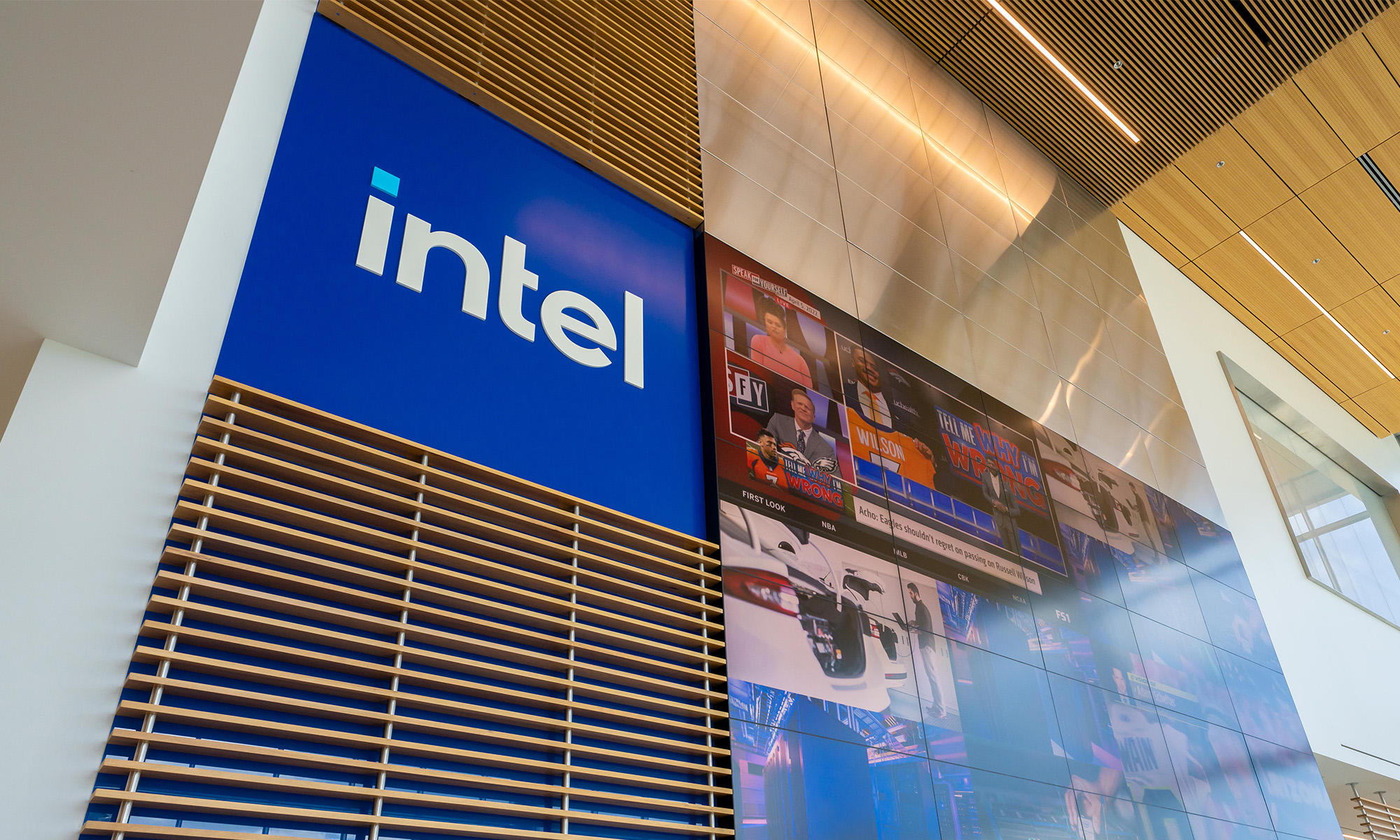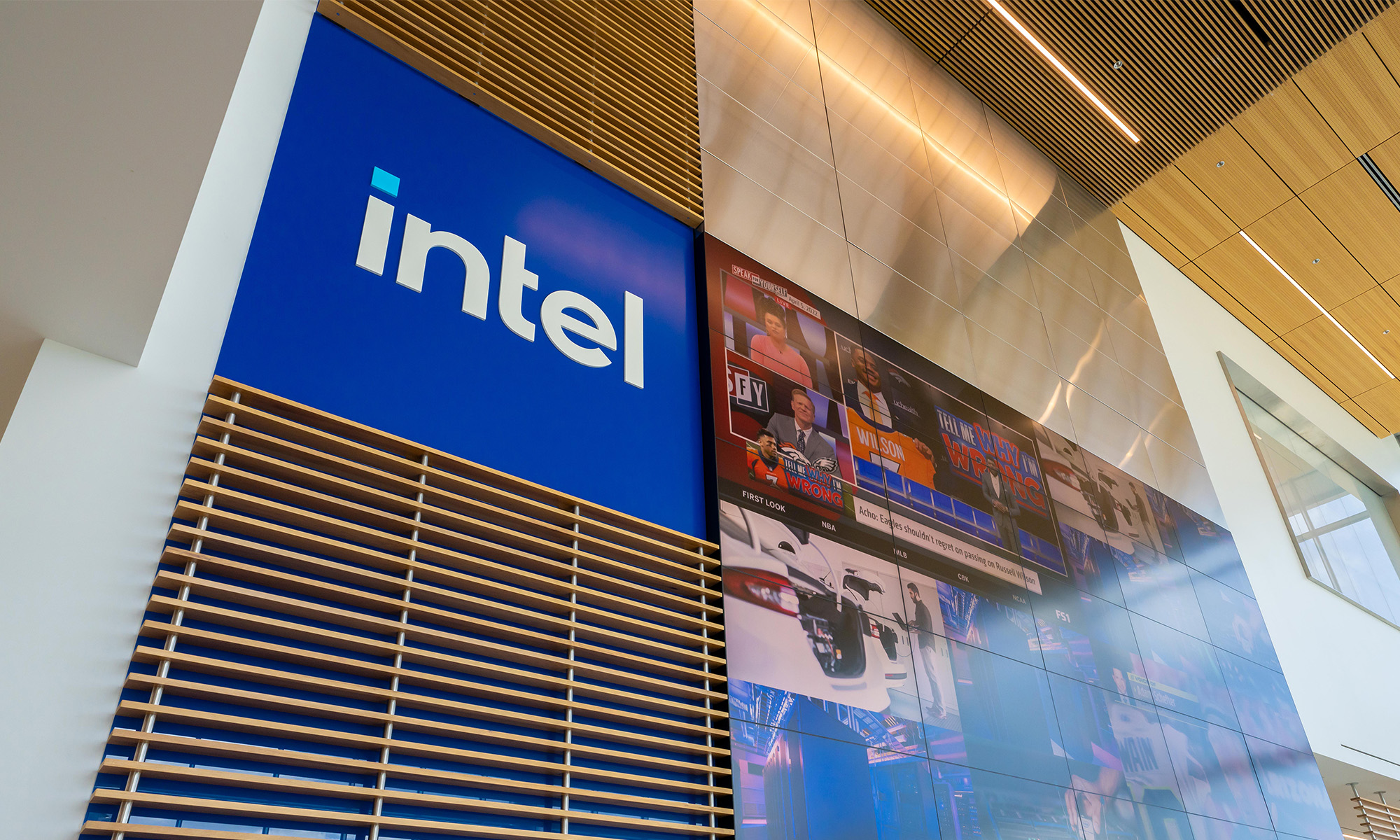Intel (INTC 1.22%) recently announced that it would be partnering with Rockchip, a leading Chinese vendor of tablet-oriented system-on-chip products, to jointly bring to market a product. This will be a quad-core Atom part with an integrated 3G modem, and it will be targeted toward low-cost tablets, particularly from the China technology ecosystem. While the specifications of this part (which is a derivative of Intel's previously announced SoFIA parts) are not yet publicly known, it is likely that Imagination Technologies (IMG +0.00%) will benefit from this arrangement.
Intel has a number of choices
While Intel will be supplying the CPU and modem core, and while Rockchip will likely provide many of the other IPs, the question remains as to what graphics IP Intel/Rockchip will use for this part. There are a number of graphics IP vendors (ARM (NASDAQ: ARMH), Imagination, Vivante, and NVIDIA (NASDAQ: NVDA)), but the two leading ones are ARM and Imagination Technologies.
Intel, of course, develops its own GPU IP but the latest Gen. 7 low power IP from the company is widely regarded as offering poor performance/power/area. This is likely to be remedied as Intel advances to its Gen. 8 and Gen. 9 architectures in Cherry Trail/Broxton, respectively, but note that those are high-end parts. Intel is likely to license IP from either Imagination or ARM, and given that Intel has extensive experience working with Imagination, writing drivers for Imagination, and is Imagination's largest shareholder, Imagination is likely to win the IP slot here.
How about longer term?
While in the near term I expect Imagination to benefit handsomely from any share gains Intel can make against MediaTek, Allwinner, and Qualcomm (NASDAQ: QCOM) (the former two companies seem to use a heavy mix of ARM IP, the latter its own in-house GPU architecture), the question is whether Imagination can hold on to this socket longer term.
For its high-end mobile SoCs and low-end PC SoCs, Intel seems to be very aggressively pushing to bring to bear its own revamped GPU architectures. The first half 2015 Cherry Trail (for performance tablets) and second hafl 2015 Broxton (for hero smartphones/tablets) will use Intel's internally developed Gen. 8 and Gen. 9 GPUs, respectively. The value/entry SoFIA parts initially built on Taiwan Semiconductor's (TSM +1.50%) 28-nanometer process are likely to use third-party GPU IP, but when Intel moves these parts internally, it could choose to leverage its own GPU IP.
That being said, it is likely that Intel's GPUs will be designed more for performance (given their higher-end targets), while for lower-cost/area optimized designs it may make sense to use IP from Imagination (or ARM) as these IP vendors typically offer an entire range of IPs optimized for performance or area depending on the type of chip the licensee wants to make. The only issue with fragmenting the product line like this is that Intel would need to write separate drivers for the mid-range/high-end parts and the low-end/value parts, which may add unnecessary research and development expense.
Foolish bottom line
While we do not know for sure, Intel is unlikely to use its own GPU IP, nor is it likely to use ARM's GPU IP for its upcoming SoFIA products (that includes the Rockchip-designed derivative). This means that Imagination is poised to win those sockets and -- given that ARM has been very aggressive at the low end -- could represent a chance for Imagination to win back some lost share as a result of lost sockets at the likes of MediaTek. Depending on how well SoFIA does in phones/tablets, Imagination could be looking at a rather strong 2015 if Intel/Rockchip succeed.






